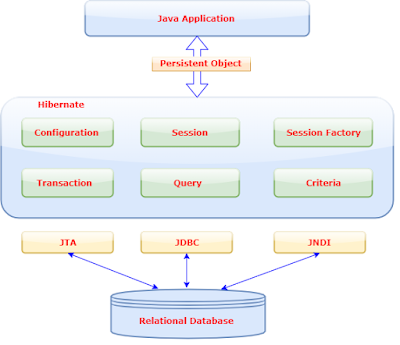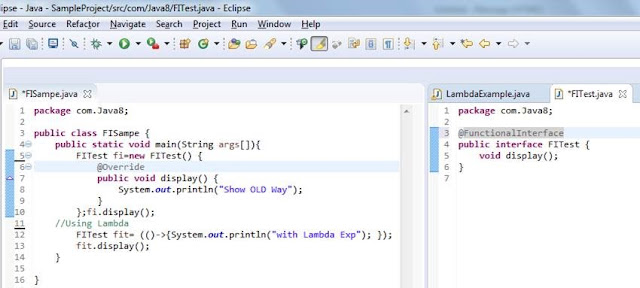Step-1: Include the DAS.WebServices module in
your application to enable ATG rest web services to create ATG
Repository web services.
Step-2: Flow the screenshot step by step to
create Repository Web service
Step-3:Use Repository Web Service to
create Repository Web service
Step-4:Select the repository
componend to create repository webservices
Step-5 :Select the Item discriptor to
create repository webservices
Step-6 :Select the method to
get Item using repository webservices
Step-7 :Provide values to create
repository webservices EAR file.
Step-8 :Provide values to create webservices
web Application module.
Step-9 :Provide values for session and
security to create repository webservices.
Step-10 :Click on create EAR
File to create repository webservices.
Step-11 :If EAR File created scucessfully it will give
below success message
Once you have created an EAR file, you
must deploy it.
In order to run the Web Service,
these additional steps are necessary:
1. Use the runAssembler command
to assemble a Nucleus-based application, using the
-add-ear-file flag to incorporate the contents of the Web Services EAR
file.
Step-13 :
Deploy the assembled EAR file
on your application server, and start up the application.
Step-14:
to Browse enabled web service use
DynAdmin like below ,it will give list of enabled web services.




















